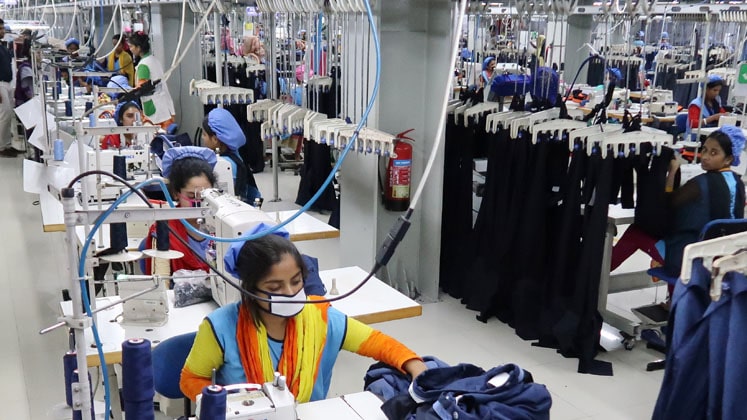
Lately, Bangladesh’s textile and garment industry confronts a massive challenge as India gains a higher cost advantage, posing a potential threat to capture a larger portion of the global market. Abdullah Mohammad Talha, MD of Noman Terry Towel Mills Limited, voices apprehensions about Bangladesh’s future competitiveness, given various factors favoring India.
India’s advantage stems from a crucial factor—the deepening relationship between India and the West. Bangladesh has been placed in an unfavorable position by this alliance. It is unable to break out of the middle income trap and achieve robust competition. India’s assets and resources are more diverse than Bangladesh’s, making it possible to pursue a multifaceted strategy for economic growth.
India is a better option than Bangladesh due to the lower cost of its workforce. Bangladesh’s labour costs, however, have steadily increased. Presently, Bangladesh’s pay structure is comparable to India, with garment helpers earning around US $ 150 per month and operators receiving up to US $ 180 per month.
Electricity costs contribute significantly to India’s cost advantage over Bangladesh, as India obtains electricity from the grid at approximately 7 cents per kW, while Bangladesh faces higher costs at around 12.7 cents per kW.
Abdullah Mohammad Talha urges proactive measures in Bangladesh, such as sound policies and combating corruption, to maintain the textile industry’s growth and strength. Without action, Bangladesh may lose its dominant position to India’s growing momentum in the global market.